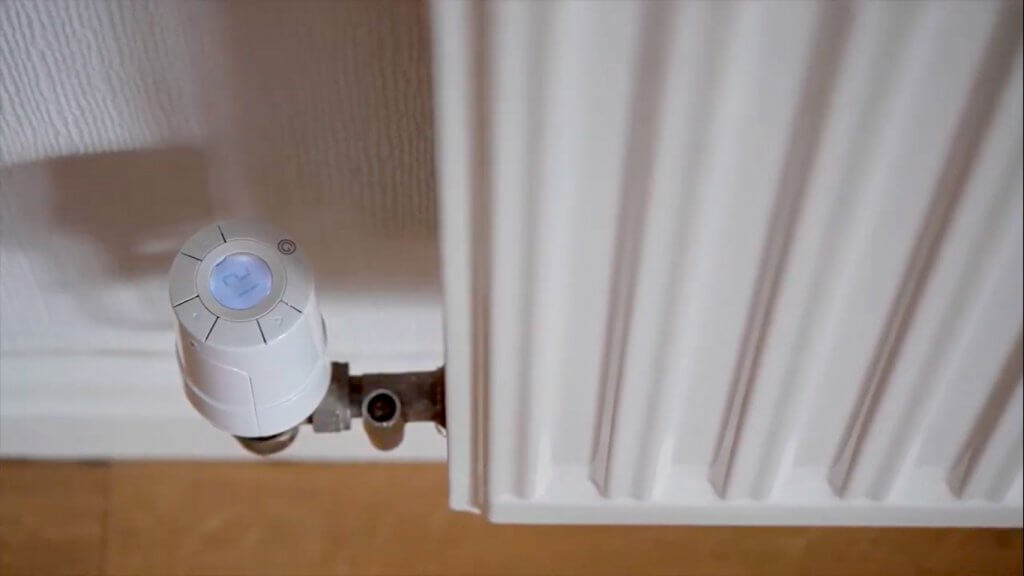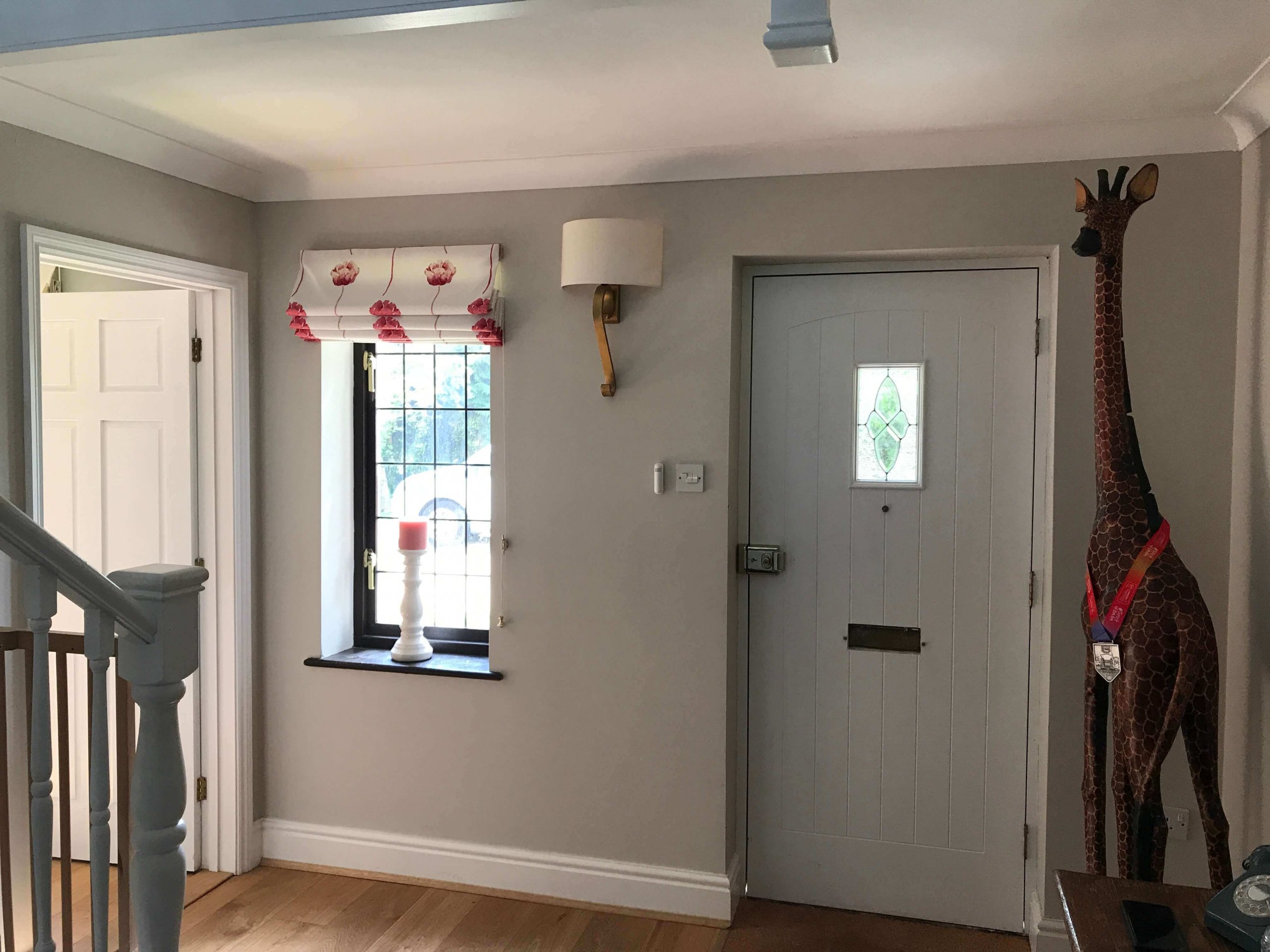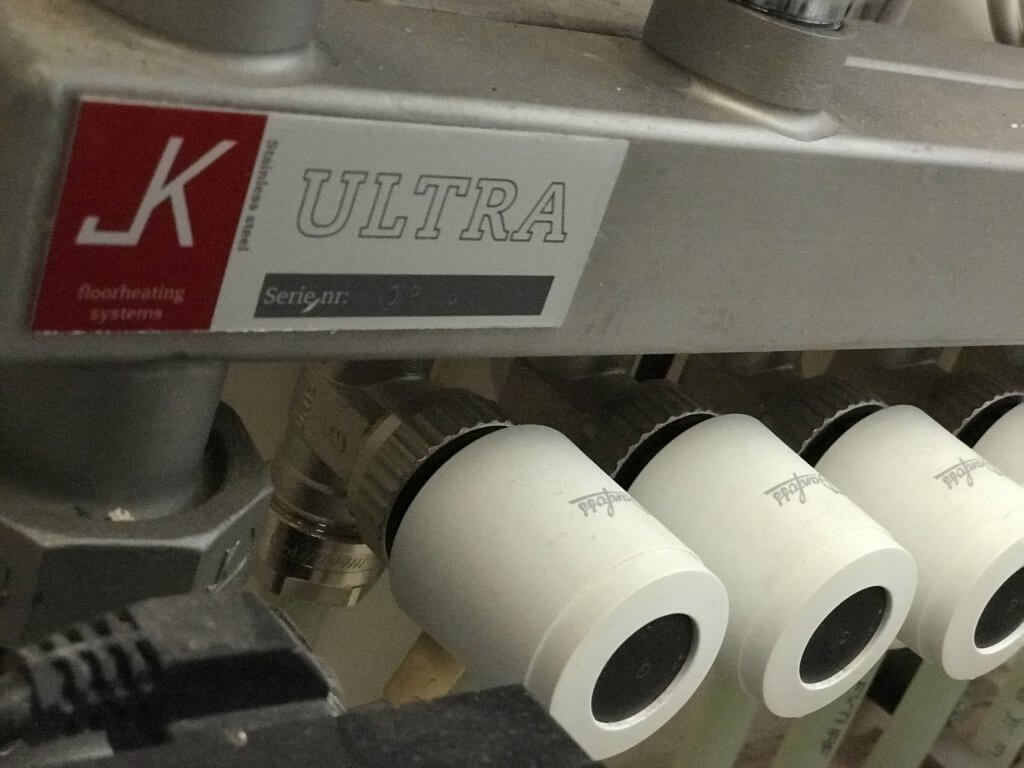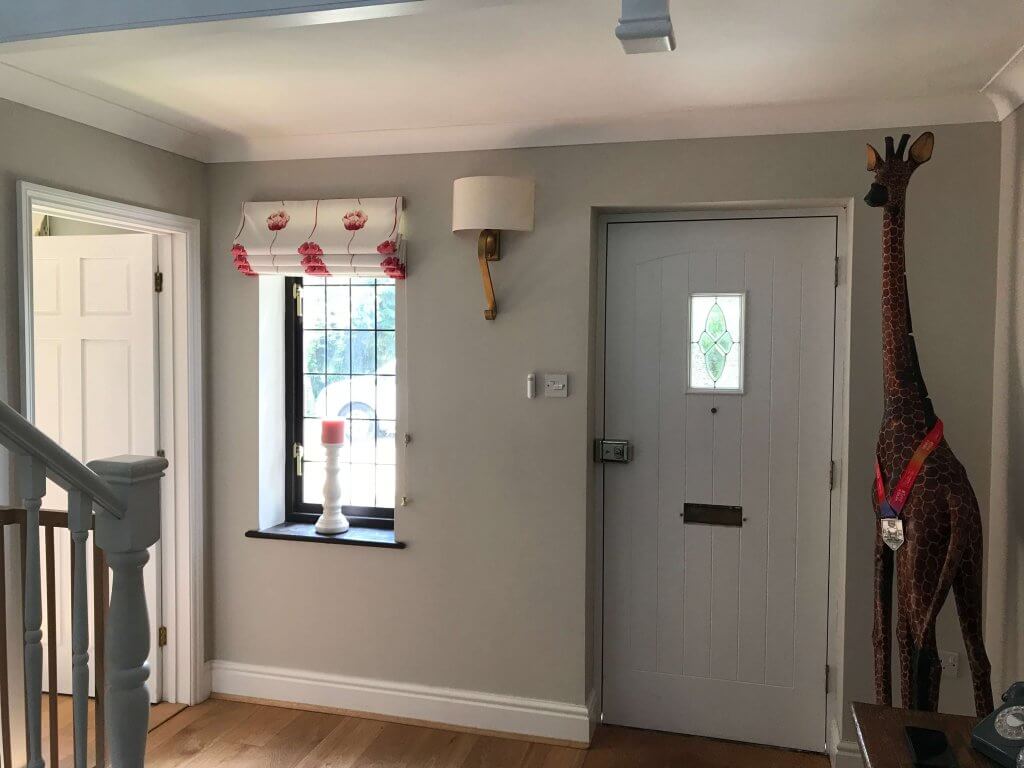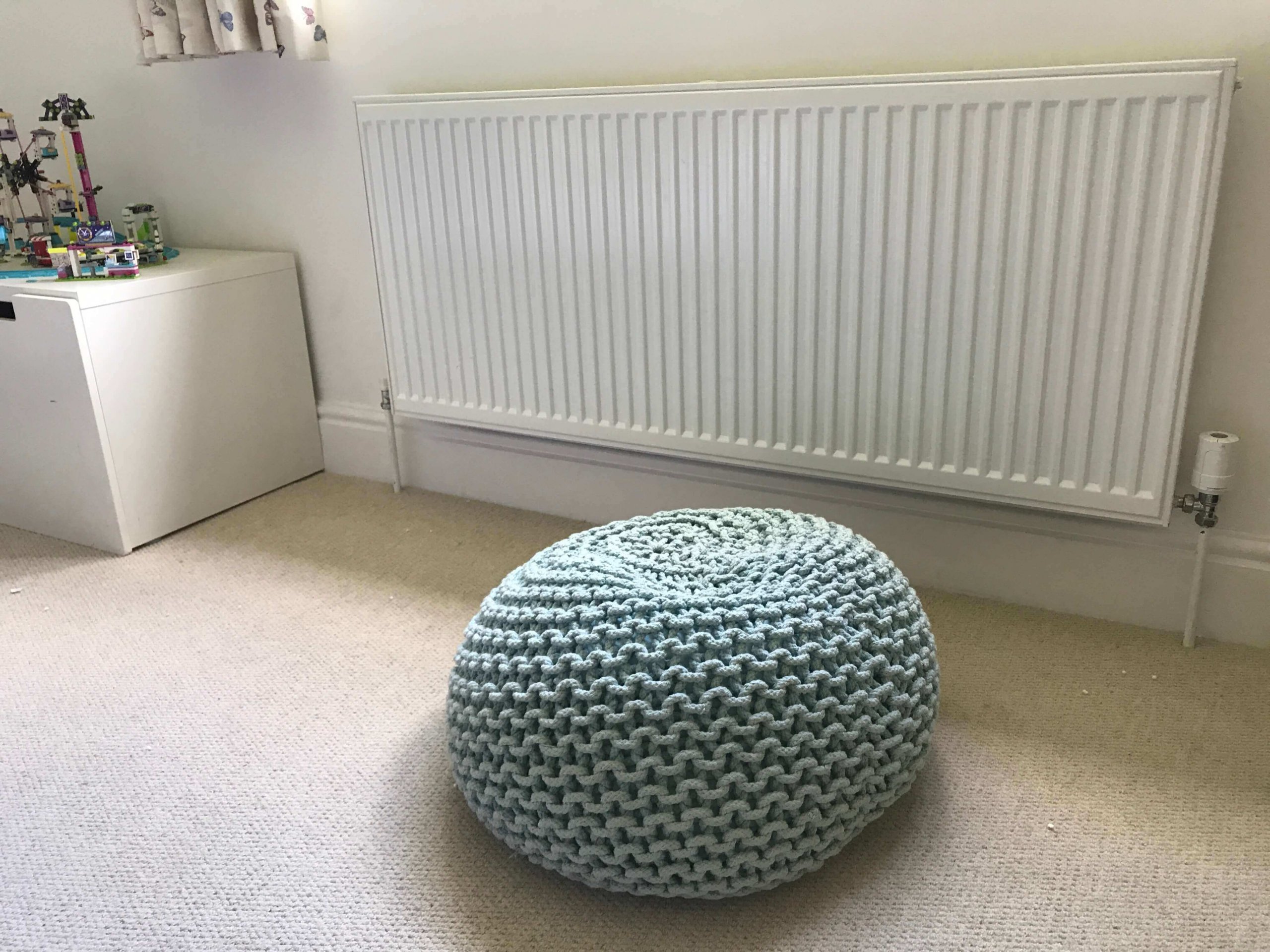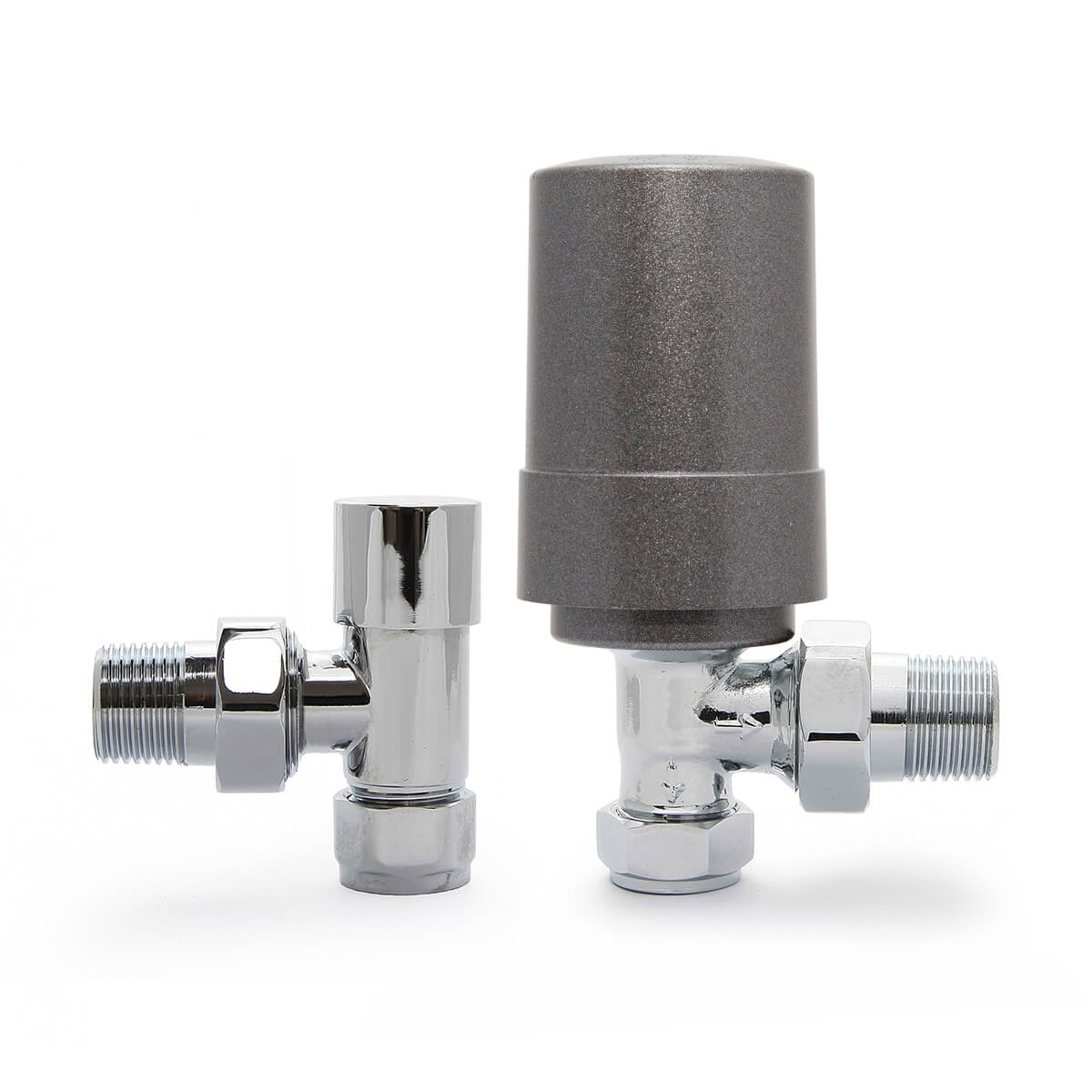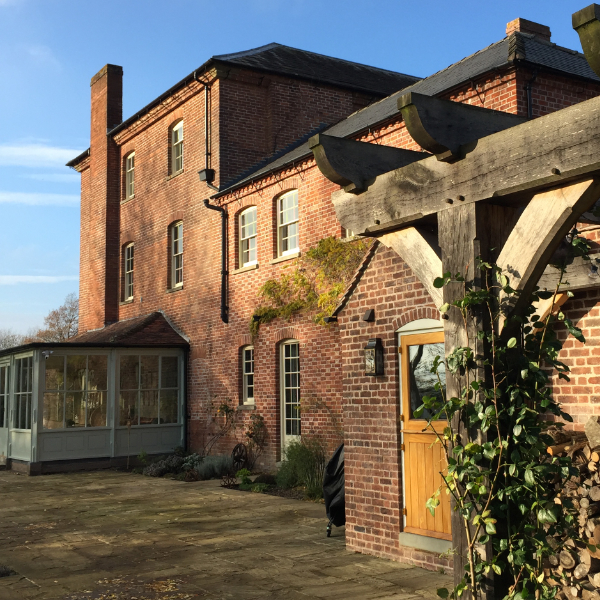
SCOTT RICHARDSON-BROWN
CASE STUDY
Large rural houses take a lot of energy to heat, and when it’s a historic building, the options for improving energy efficiency are limited. We took a look at how Genius Hub is helping reduce energy consumption in a large period country house.
Sitting atop a hill in Mamble, Worcestershire and overlooking 16 acres of landscaped gardens and grounds, Sodington Hall is an impressive Georgian-style country house. It was constructed in the early 19th century, but remains of a Roman settlement dating back to around AD 418 have been found on the same site.
Despite James Lees-Milne referring to the property as a “red brick dolls house” in the Shell Worcestershire Guide, it certainly isn’t miniature! The building houses over 30 rooms spread over three floors, and there is a separate annex and outdoor pool.
Like many large historical buildings, heating can be a challenge. We interviewed the property’s owner, Scott Richardson-Brown, to understand how Genius Hub helps him keep heating costs under control.

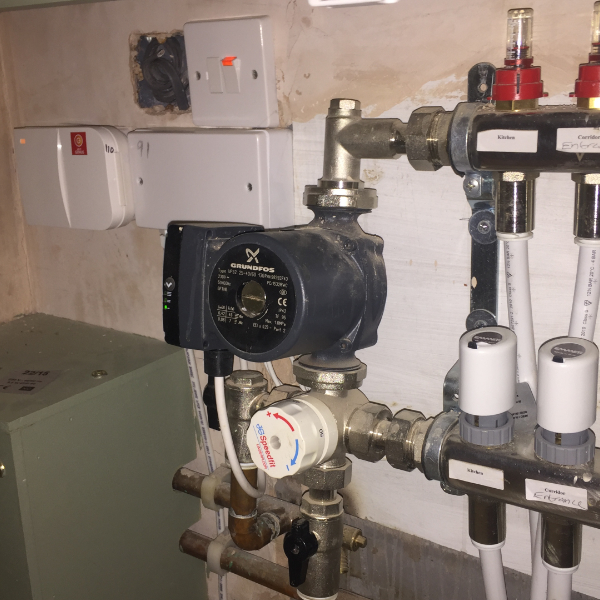
Why install Genius Hub smart heating controls?
“I was searching around for smart heating controls at a time when they were in their infancy. I was very keen to ensure that I had something that was at the cutting edge and would move with the times.
My main considerations when comparing the options for smart heating controls were price and functionality. We have a large property with over 30 rooms, so the ability to control each room was very important.
Genius Hub appeared to be significantly more advanced than the competition and the customer service was very good.”
As Genius Hub allows each room to be controlled individually, savings in this type of situation can be considerable, as only a few of the rooms are in use at any given time. For example, many rooms only need to be heated when guests are staying.
Scott is often away on business. Genius Hub allows him to easily turn the heating off when he leaves, safe in the knowledge that every room is still protected from frost. During his return journey, the Genius Hub mobile app allows him to turn the heating back on in advance, so the house is warm by the time he gets back.
How do you use Genius Hub?
“I have certain rooms on all the time and then use the app to control other rooms as and when we have guests, or when I know I’ll occupy them. The app is very easy to use.”
Even rooms that are used regularly benefit from being on a schedule, so that bedrooms are only heated at night, while the rest of the house is only heated during the day.
What system was installed?
Scott asked us to design and install a full system to meet his needs. A full decade ago (yes, way back in 2014!), we installed our original Genius Hub, but we have recently upgraded his whole system to our latest “v2” hardware.
The building has classic cast iron radiators on a one pipe system, where circulation through the radiator relies on gravity. That’s no problem for Genius Hub; the radiators were simply fitted with Danfoss RAG valves, making them compatible with our latest wireless valve heads.
As well as the radiators, the Genius Hub also controls multiple underfloor heating loops, hot water, as well as the main biomass boiler. It also controls several electric loads including an immersion heater and an AGA range cooker.
Pool heating is handled by an additional Hub unit linked via an Ethernet cable, as the pool is a significant distance from the house, but it can still be seamlessly controlled from within the same app.
What has been your experience with Genius Hub overall?
“It’s been excellent. The installation was seamless, and it’s very easy to use.
My only concern when I first had the system installed was that the company was only a few years old. That’s not a concern now that Genius Hub is much more established, that I know the system is reliable and that their customer service is very good.
For me, the system works exactly as I’d hoped and I can’t really think of anything that could be improved. I’d definitely recommend it.”



